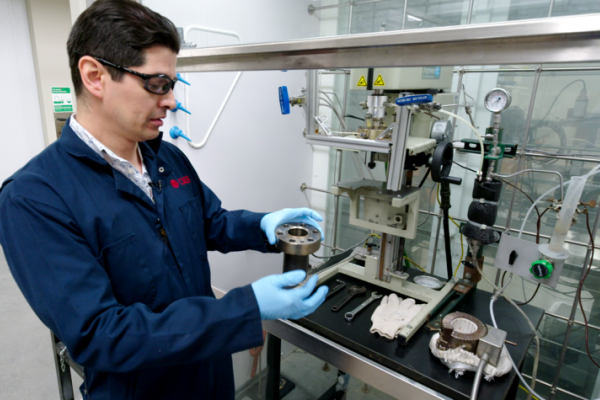Power from a Partnership: UK & Weisenberger Mill
When you think about cutting-edge energy research, you probably don’t think about a flour mill, but that’s exactly what’s happening at Weisenberger Mill in Midway, Kentucky. The mill received a Department of Energy grant to pilot test the first variable-speed generator in a hydroelectric plant in the U.S. This is a technology that’s new to waterpower, but it has the potential—with off-the-shelf components—to help any hydroelectric plant boost their power production from 10 to 15 percent. The Weisenberger Mill saw a 96 percent increase in energy production.
In this podcast, we learn about the mill’s history directly from owner Mac Weisenberger and his son Philip, and we learn about the generator from the man who installed it, Dave Brown Kinloch of Shaker Landing Hydro Associates. He partnered with Jim Neathery, who analyzed the data, at UK’s Center for Applied Energy Research (CAER). This is just one example of how CAER works with industry and community partners to test new technologies and promote energy efficiency.
Learn More in the Power from a Partnership video.
See more of the Weisenberger Mill at https://www.instagram.com/ukresearch/.
More from this series Research Priorities - Energy
Credits
Produced by Alicia P. Gregory, videography/direction by Chad Rumford and Ben Corwin (Research Communications).


